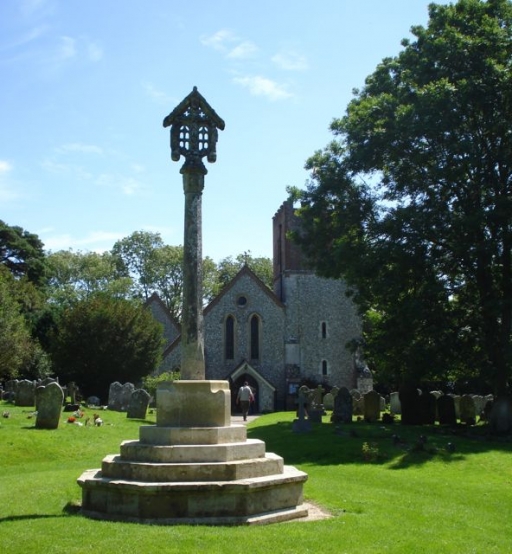Britain’s Royal Navy suffered its worst defeat in a century at the Battle of Coronel on November 1st 1914.
Two British cruisers were sunk by a superior German force off the Pacific coast of Chile, with the loss of more than 1,600 lives.
Today, the First World War sailors of both sides will be remembered at a memorial service in the village of Catherington near Portsmouth.
Among those who perished at Coronel was the commander of the Royal Navy’s South Atlantic Squadron, Rear Admiral Sir Christopher ‘Kit’ Cradock, whose flagship was sunk. The German fleet, commanded by Vice-Admiral Maximilian von Spee, suffered only a handful of wounded.
But von Spee, who’d led his warships on raids across the Pacific Ocean after leaving their colonial base in China, was to die with most of his men barely a month later at the Battle of the Falkland Islands in December 1914.
Outrage
The defeat at Coronel outraged British opinion, prompting the Royal Navy to dispatch a bigger fleet to intercept the Germans in the South Atlantic as they tried to reach home.
Sir Christopher Cradock’s tactics have been vigorously debated. A British author, Steve Dunn, is campaigning for the Admiral, and the sailors who died with him, to be given the recognition he believes they deserve.
His book ‘The Scapegoat’, published in 2014, argues that the British Admiralty and the minister in charge, Winston Churchill, were responsible for the disaster.
Steve Dunn says: “As November 1st approaches I’m determined to do what I can to make sure people know the true story.”
“Cradock, who was badly advised and equipped, was given orders to engage with the enemy, even though he’d outlined his concerns. Because he believed it was his duty to follow orders he sought out the opposing German ships, knowing they were almost certainly doomed.”
Steve Dunn takes part in a memorial service this morning at All Saints’ Church in Catherington, Hampshire, where a monument commemorates Admiral Cradock.
The event, organised by the Britannia Naval Research Association, remembers both British and German sailors.
Sources: Wikipedia/Steve Dunn/various
Images courtesy of Steve R. Dunn
Posted by: Peter Alhadeff, Centenary News
